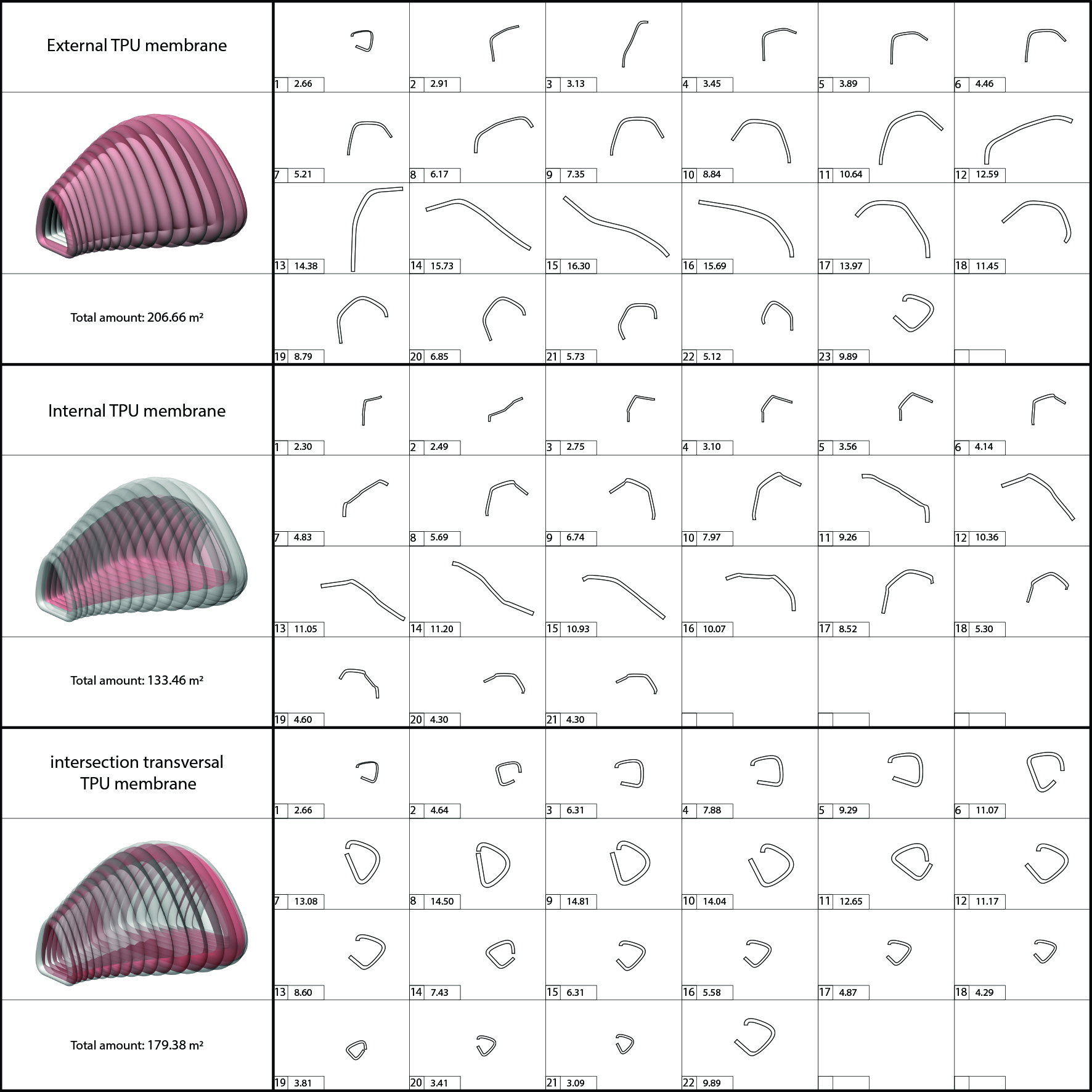AirBubble brings to COP26 a concrete vision of the architecture of carbon neutrality.
This new bio digital project demonstrates how the advanced integration of biotechnology in the built environment can lead to a new generation of living, growing architectures. Following the successful Air Bubble biotechnological playground project built in Warsaw (Poland), ecoLogicStudio presents the Air Bubble air-purifying eco-machine, which has been installed in front of the Glasgow Science Centre within the COP26’s Green Zone area. The project has been developed in partnership with Otrivin®.

The eco-machine is made of 99% air, water and living photosynthetic air-purifying Chlorella cultures. This new bio-digital project demonstrates how the advanced integration of biotechnology in the built environment can lead to a new generation of living, growing architectures, where beauty and efficient ecological performance are combined.


The project encourages visitors, and especially children, to directly interact and experience the air cleaning capabilities of micro algae cultures, while immersing themselves into a bubble of freshly metabolized oxygen. The playful softness of the organic structure, akin to a gigantic bouncy jellyfish, is a direct manifestation of the biotechnology it integrates.


Air Bubble air-purifying eco-machine is also ecoLogicStudio’s first pneumatic bioreactor. It contains 6.000 liters of water supporting 200 liters of living Chlorella cultures filtering 100 liters of polluted urban air every minute. The air and water pressures are contained by a TPU membrane that is only 0.5mm thick and that only takes up 5% in weight and only 1% in volume of the overall structure. The overall strength of the structure is made possible by its three-dimensional cellular organization. To achieve this result the fabrication process entailed the complete unfolding of the structure shape into almost 100 CNC cut flat parts which were then weld in position to form a fully three-dimensional matrix of inflatable cells.

This process updates the traditional qualities of inflatable structures to create the eco-machine. The result is a responsive system, with air purifying capability, exceptional wind resistance and unique deployability. The incredible lightness of the empty membrane makes it uniquely low in embodied carbon and minimizes emissions associated with transportation, installation and dismantling.

The outdoor membrane is monitored in real-time by an array of accelerometers, sensing the wind and inducing vibrations in the pneumatic structure. These sensors activate a responsive array of growth lighting that in turn support algal photosynthesis thus increasing air purification. The entire bio-digital organism evolves a new kind of symbiosis whereby the more people play the cleaner the air becomes.

The filtering process is further enhanced by the architectural morphology of the structure. The TPU membrane – an evolution of the PhotoSynthetica urban curtain system presented in Dublin in 2018 by ecoLogicStudio – controls the microclimate inside the bubble. The inflatable membrane’s doors stimulate air recirculation and natural ventilation.
Air Bubble air-purifying eco-machine combines a lightweight inflatable technology with 24 photobioreactors (12 on each side) that are hosted in the inflatable system to create a unique microclimate inside the structure. A constant air circulation stream absorbs six core pollutants: fine particulate PM2.5 and PM10, ground level Ozone (O3), Nitrogen Dioxide (NO2), Sulphur Dioxide (SO2) and Carbon Monoxide (CO). The project is capable of absorbing 97% of the nitrogen and 75% of the particulate matter in the air.

Air Bubble air-purifying eco-machine is a tangible vision of how a net zero civilisation can clean its pollution, produce its energy, grow its food and construct its buildings in the next 30 years, starting now.
1 / 5
On inauguration day, at the COP 26 in Glasgow, we were happy to welcome the first group of children to experience the algae-powered eco-machine.





